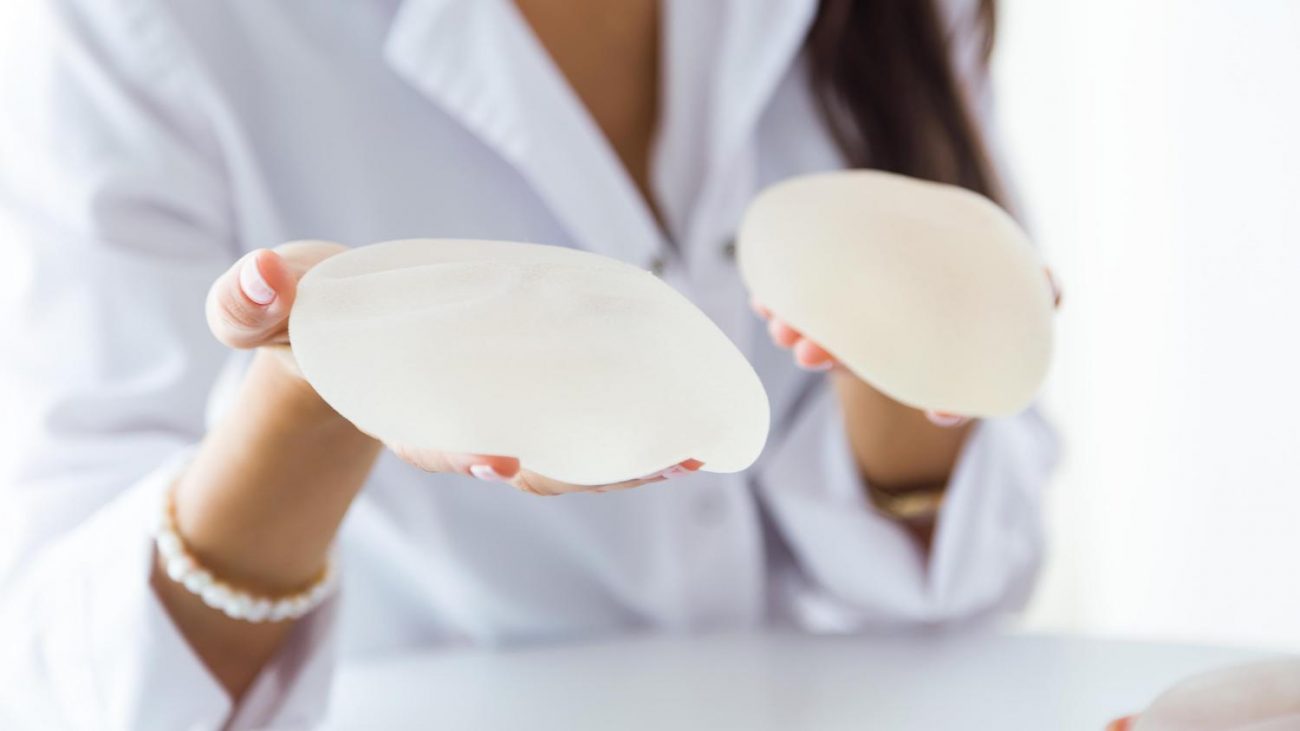Breast Augmentation Surgery: For a Fuller and Proportional Look

Breast augmentation, also known as augmentation mammoplasty, is a surgical procedure aimed at increasing breast size to achieve a fuller, youthful, and more attractive appearance. This procedure is typically performed using breast implants or fat transfer and is a popular aesthetic choice for women looking to enhance their confidence.
What is Breast Augmentation Surgery?
Breast augmentation surgery involves adding breast implants or fat to the natural breast tissue. This procedure is designed to enlarge and shape smaller or flatter breasts, creating more proportional body contours. It can also restore breast volume lost due to pregnancy or aging.
Who is a Good Candidate for Breast Augmentation?
Breast augmentation may be suitable for individuals who:
- Have small breast size: Women who are dissatisfied with the size of their breasts or desire a fuller appearance.
- Experienced post-pregnancy changes: Women who have lost breast volume after breastfeeding.
- Have asymmetry: Individuals with noticeable differences in breast size.
- Experienced volume loss due to aging: Those whose breasts have lost fullness over time.
- Are in good health: Individuals who are healthy enough for surgery.
How is Breast Augmentation Surgery Performed?
Breast augmentation surgery generally follows these steps:
- Consultation and Examination: The surgeon evaluates the patient’s medical history, examines the breast structure, and listens to their expectations. A decision is made on the type of implants and the placement technique.
- Anesthesia Administration: General anesthesia or local anesthesia may be used, depending on the patient’s needs.
- Implant Placement:
- Subglandular Placement: The implant is placed beneath the breast tissue. This is less invasive and has a quicker recovery time.
- Subpectoral Placement: The implant is placed under the pectoral muscle. This method provides a more natural look and can reduce breast sagging.
- Incision Types: Incisions for implant placement are typically made in one of the following areas:
- Around the Areola: Creates a less visible scar around the nipple.
- Inframammary Fold: The incision is made under the breast, making the scar less noticeable.
- Axillary: Incisions are made in the armpit; this method doesn’t give direct access to the breast tissue.
- Closure: Incisions are closed with stitches, which are usually removed within a few weeks.
Recovery Process
Recovery after breast augmentation varies, but generally includes:
- Swelling and Bruising: Mild swelling and bruising are normal after surgery and typically subside within a few weeks.
- Pain and Discomfort: Some discomfort can be managed with prescribed pain medications.
- Tight Bandaging: Supportive bandages or garments are worn to assist healing.
- Activity Restrictions: Heavy lifting and strenuous physical activity should be avoided for the first few weeks.
- Follow-up Appointments: Regular check-ups with the surgeon are necessary to ensure proper healing.
What to Expect After Breast Augmentation
The results of breast augmentation are often noticeable shortly after the procedure, with fuller and more proportional breasts. Full results take several weeks to appear as swelling decreases and incision sites heal. The results are generally long-lasting, although aging and other factors may cause changes over time.
Risks and Complications of Breast Augmentation
As with any surgery, breast augmentation carries some risks. Potential complications include:
- Infection: Post-surgical infection can occur but is usually treated with antibiotics.
- Bleeding: Bleeding may occur after the procedure.
- Scarring: Visible scarring may occur at the incision sites, but the surgeon will aim to minimize this.
- Sensory Changes: Temporary or permanent numbness in the nipples may occur.
- Asymmetry: Breasts may be uneven after surgery.
- Implant Issues: Implant leakage or rupture may occur.
Frequently Asked Questions
- Is breast augmentation surgery painful?
The procedure is performed under anesthesia, so no pain is felt during surgery. However, mild discomfort is normal post-procedure. - Will there be visible scars after breast augmentation?
Scars may form at the incision sites, but surgeons make careful incisions to minimize visibility. - How long does the procedure take?
The surgery typically lasts between 1.5 and 3 hours. - When can I return to normal activities after breast augmentation?
Recovery time varies, but most individuals can return to regular activities within 1-2 weeks.
Breast augmentation is an effective method for women seeking fuller, more proportional breasts. If you’re unhappy with your breast size or if it affects your self-confidence, consult with a qualified surgeon to explore whether breast augmentation is right for you. Keep in mind that a thorough evaluation and a skilled surgeon are crucial to achieving successful, long-lasting results.
